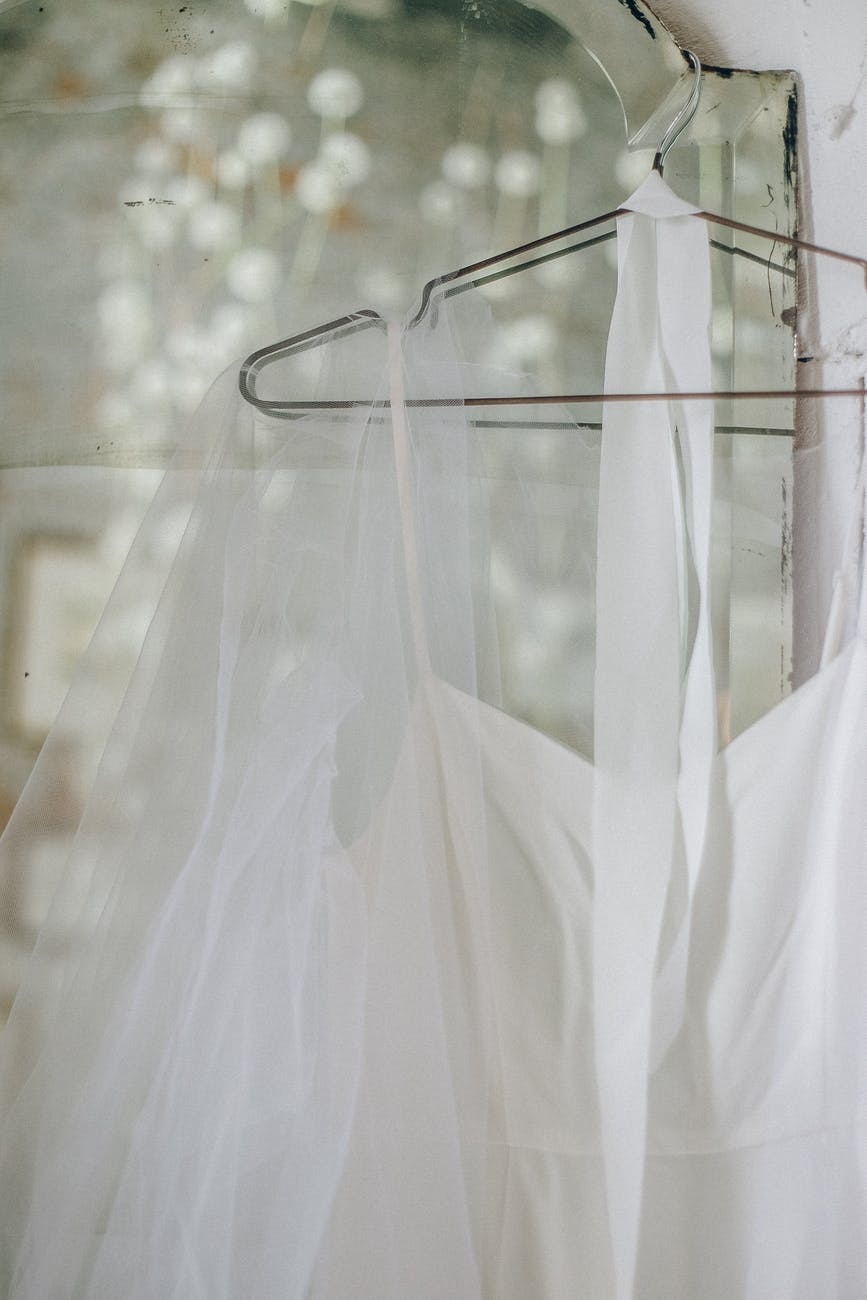Donating vs Recycling
With more focus on sustainability in the fashion industry, it’s no wonder you may be thinking about your own wardrobe and what can be done with your old/worn clothing.
Donating
Your first thought might be to get yourself down to the nearest charity shop and donate your old clothing. Of course, it’s likely you will be thinking not only will I be freeing up some space in my wardrobe but also giving to the less fortunate…surely, it’s a win-win!? Sadly, the reality is grimmer. In actual fact what we think is a good charitable deed is actually on most occasions a disillusion, as our clothes can still end up as waste.
You may not believe that only 15-20 per cent of clothing donated to thrift stores actually get purchased and worn in the community. Charity shops and other thrift stores generally receive too much clothing to be able to sell on their shop fronts. The clothes that are not sold get sold to textile recycling companies who resell 45% of clothes to developing countries such as Pakistan and Malaysia. This disrupts their local garment industry and becomes an ever-increasing waste problem overseas. Not feeling so charitable now?
The reality is most people don’t want to wear (or pay money) for poor quality clothing that have become worn down after being washed numerous times or have generally suffered wear and tear. Fewer and fewer donations are actually being worn by people. Moreover, the incentive for people to buy and wear used clothing is not as attractive as buying the latest trend from fast fashion brands such as Boohoo and Missguided, particularly if consumers are on a low income and want to avoid presenting to their peers as ‘’the poor’’ one. Fast fashion is so cheap and with super quick deliveries and multiple clothing collections a year, it’s no wonder younger generations are so attracted to these fast fashion brands. Social media sites such as Instagram and Tiktok have also helped fuel the fast fashion mania with everyone wanting to know what next look or style their mates will be wearing next weekend. Fast fashion has the cool factor which currently slow fashion does not and needs to try and catch up on. Anyway, I digress.
What then happens to our old clothes once they have been donated? Some clothing gets what they call ‘’downcycled’’. Downcycled is a process by which waste such as clothing gets converted into something of lower value. The nature of the material prevents it from retaining its former durability once re-processed. As a result, downcycling does not reinsert the material back into its original cycle. So, in terms of our old hand me downs, these clothes can be converted and reprocessed into things like housing insulation, carpet pads, wiping rags etc. For these materials, this constitutes its final use so it can’t be recycled again, and its life ends there.
Of course, I’m not suggesting you stop donating clothing to charities entirely. When clothes are donated successfully to organisations like the Red Cross, this not only avoids adding to landfill, but saves a huge amount of energy and water that goes into the production of new garments. What is important is how and where we donate our clothes too. As a rule of thumb, it is always best to check the charity donation guidelines before donating if you are not sure. By doing better research and being more selective you can ensure your clothing gets a second life.
Recycling
As things currently stand, only 1% of clothing gets recycled and converted into new clothing. This really is terrible given the large-scale production of clothing taking place every second of every day all around the world. There are however some companies, like H&M, that have taken steps to use certain technologies that are able to convert old clothing into new clothing. H&M have called their recycling system ‘’the Green Machine’’ and ‘’Looop’’ which aims to separate and recycle polyester and cotton-blended clothing at scale. In November 2020, Monki, ( a Gen Z womenswear brand owned by H&M) dropped the first commercial products made using its recycled fibres from this technology. Pretty cool stuff! Marks and Spencers has also taken the initiative to by launching their Shwopping initiative with Oxfam in 2008. Since then Marks and Spencer has received over 20 million items of clothing. The clothes are then passed on to be resold, reused or recycled. Hopefully more brands will be able to incorporate new technologies and initiatives into their own business models.
So, which is better donating or recycling?
In all honesty, both are equally as good if they aim to promote sustainability and save the planet! Both practices have similar benefits.
Now I would love to hear from you. What do you do with your old clothes? Post in the comments below or better yet, please like or share this post to spread the word and bring sustainability to the forefront of fashion consumers’ minds!
This post was featured on Links à la Mode fashion roundup by Independent Fashion Bloggers.
More fashion articles:
- To donate clothes or throw them away? That is the question by Yames & Co
- The Bold and Beautiful- Africa by Carole Shashona
- Experience Oliver Wicks R2W by OW
